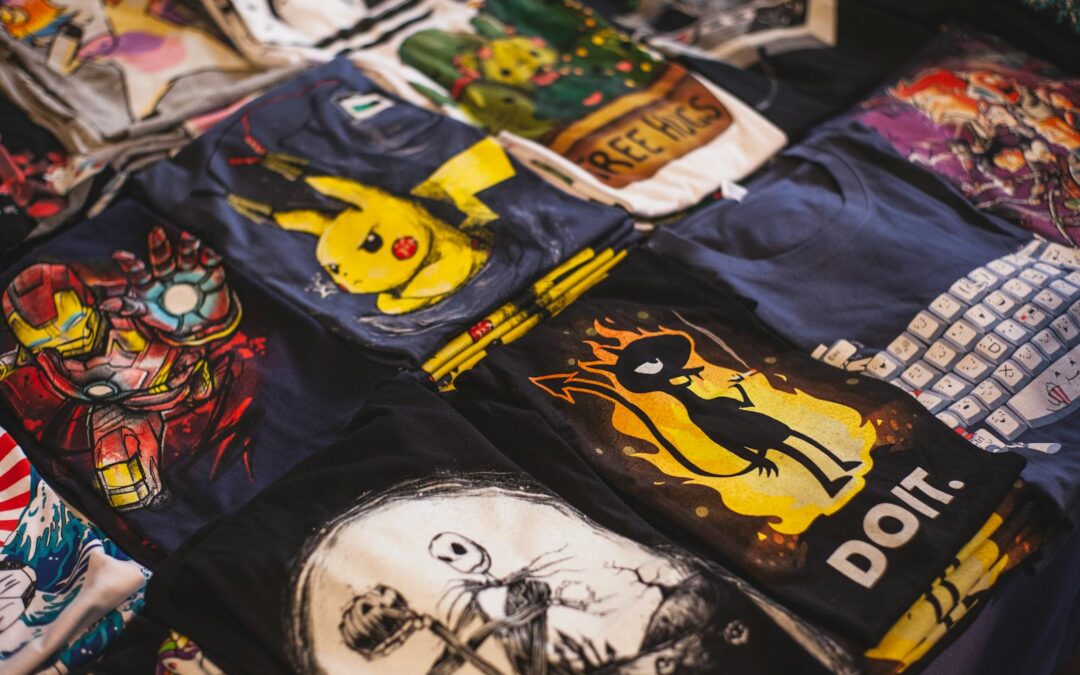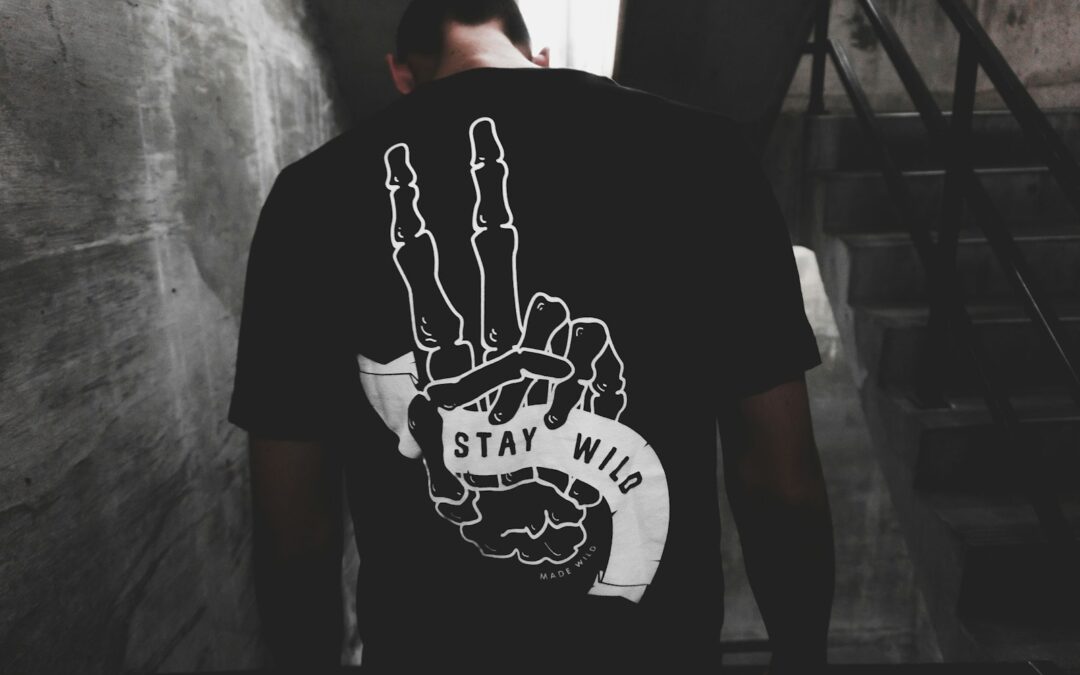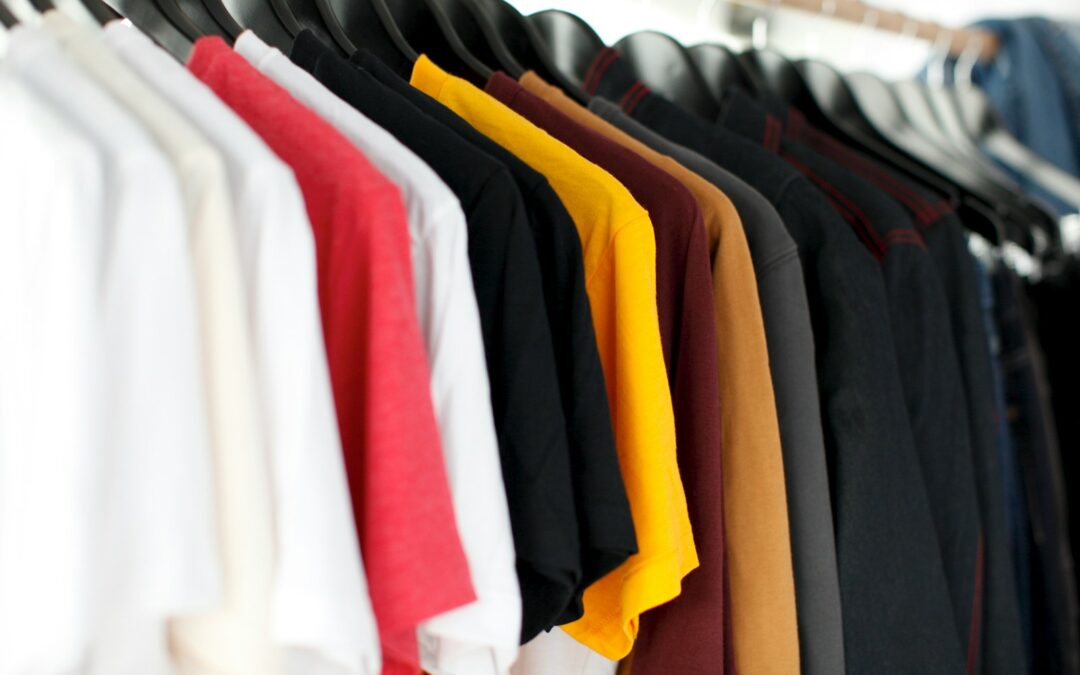When it comes to printing, a few different methods can be used. Each method has its own pros and cons, and it can be difficult to decide which is right for your business. This blog post will discuss DTF printing and why it is becoming increasingly popular among businesses.
What Is DTF Printing?

DTF printing stands for direct-to-film printing, a process used to create prints with long-lasting vibrant colors. It uses special inks and heat presses to transfer the image onto fabrics, such as T-shirts, hoodies, and other garments. DTF printing does not require any additional pre-treatments or post-treatments since the image can be printed directly without having to go through any other processes.
DTF printing works by using a DTF printer. These printers are designed to create high-quality prints with vibrant colors and sharp details. They use specialized inks that are heat activated, which means they must be heated to a certain temperature before the image can be transferred onto fabric. After the image is printed, it must be heat-pressed onto the fabric for the best results.
What Are The Requirements For DTF Printing?

DTF Printer
This is a specialized printer designed specifically for DTF printing. These printers come in various sizes and can be used for small and large-scale production. These printers are mostly the same size as regular desktop inkjet printers but have larger ink tanks and a higher resolution.
DTF Film/Inkjet Paper
DTF printing requires special heat transfer inks that need to be printed onto high-quality inkjet paper. This paper is specially designed to absorb the inks and help them set properly when heat-pressed onto the fabric.
Heat Press Machine
A heat press transfers the image onto the fabric. This machine can be used with a wide variety of materials, including cotton, polyester, and other synthetic fabrics. The temperature and time required will vary depending on the fabric used.
DTF Ink
DTF inks are specially formulated for DTF printing and offer vibrant colors that will last a long time. These inks are designed to withstand the heat and pressure of being transferred onto fabric. They are available in Cyan, Magenta, Yellow, Black and White colors. The White Ink is a crucial element that sets down the white base of the print on both the film and eventually onto your product, while the colored pigment prints the design on the film. This is what gives your product its color and design.
Hot-melt Adhesive Powder
This hot melt powder is used to help completely adhere the film onto your product. The DTF printing powder is white and applied after the print is completed. This powder is available in different grades specified by microns. You should select an appropriate grade for your needs.
RIP Software
This software is used to take the design file and convert it into a format that your DTF printer can use. The specialized rip software will also help you manage color profiles, preview prints, and print multiple copies of your designs.
DTF Transfer Films
Pet films transfer the image from the inkjet paper onto the fabric. They are available in various thicknesses and sizes, and they should be chosen depending on the type of fabric that is being printed on. Depending on the temperature, there are two types of films- hot peel and cold peel. Hot peel-type films must be heat-pressed to 200°F or higher, while cold peel-type films can be pressed at lower temperatures.
Automatic Powder Shaker
The automatic powder shaker is an automated machine that will help to spread the DTF powder evenly over the film. This machine helps to ensure that all of the areas of the film are properly covered with the powder so that it can adhere better to your product. This powder shaker also removes excess powder.
Curing Oven
This small industrial oven is used to cure the DTF prints and remove any excess powder. The curing oven will heat up to a specific temperature, depending on the fabric being printed on, and it will help set the inks into the fabric.
DTF Printing Process

After all the components have been gathered, you are ready to start DTF printing! Here’s how the DTF process works:
1. Design Your Artwork
The first step is to design your artwork and save it in a format that can be used with a DTF printer. The most common formats accepted by these printers include JPG, PNG, EPS, and PDF.
2. Print The Artwork Onto The Heat Transfer Inkjet Paper
After your design is ready, it must be printed onto special heat transfer inkjet paper. Be sure to select a high-quality paper that will absorb the inks properly and help them set when pressed onto the fabric.
3. Prepare The DTF Film
Once the design is printed onto the inkjet paper, it must be transferred to a Pet film. Depending on the type of fabric being used, select either a hot or cold peel transfer film and trim it to size.
4. Apply The Powder
Use an automatic powder shaker to apply the DTF printing powder evenly over the film so that it will adhere to the fabric.
5. Heat Press The Film Onto The Product
Place the DTF film on top of your product and use a heat press machine to transfer the design from the inkjet paper onto your product.
6. Peel Off The Film
After the design is set, you can peel off the DTF film from the product and discard it. Your design should now be set into the fabric!
What Are The Pros And Cons Of DTF Printing?

DTF printing has its advantages and disadvantages. Some of the major pros include:
-It is a cost-effective option for producing large quantities of prints on fabrics since you can print multiple designs in one go.
-It is faster than DTG and white toner printing since the design is already printed onto inkjet paper before it is transferred to fabric.
-The colors produced with DTF printing are vibrant and accurate, as they are created with special heat transfer inks.
-It is versatile and can be used on various fabrics, from light-colored to dark.
-The DTF powder will help the design last longer, as it helps to protect it from fading and other wear-and-tear.
The Cons Include
-DTF printing requires specialized equipment and supplies, which can be expensive.
-The DTF powder must be applied evenly over the film to adhere properly to the fabric, which can be time-consuming.
-The results may not last as long as DTG or white toner prints since the design is not printed directly onto the fabric.
-The material limitations- DTF printing cannot be used on all fabrics, as some may not respond well to the heat transfer process.
-The design must be printed in reverse for DTF printing, making it difficult to align the image accurately and may require some trial-and-error.
DTF Printing Vs. DTG Printing

What is DTG Printing? DTG stands for Direct To Garment Printing, a printing method that uses inkjet printer technology to print directly onto fabrics. DTG printing is great for producing full-color designs with intricate details and prints that require multiple colors and shades.
The main difference between the two processes is that DTG prints directly onto fabric while DTF prints onto a special film which is then transferred to fabric. Additionally, DTF printing requires less specialized equipment than DTG printing, which makes it more cost-effective for larger production runs. On the other hand, DTG printing is better for small batches of prints and can produce finer details and color variations in a design than DTF printing.
Other Differences Include

Time
DTF printing is faster than DTG printing when doing multiple prints. Most DTF printers can produce up to 300 (or more) 12″ X 12″ images per hour versus 20-60 per hour on a single DTG printer.
Inks
DTF printing uses special heat transfer inks designed to set into the fabric when heated. DTG printing uses water-based inkjet inks that are directly printed onto the fabric.
Fabric Types
DTF printing can be used with various fabrics, from light colors to dark colors, whereas DTG printing typically works best on lighter-color fabrics.
Designs
DTF printing is great for producing simple designs, logos, and text, but more intricate designs may require a DTG printer for accuracy.
DTG printing is often preferred for smaller orders, and more detailed designs, logos, and text since the printer can easily print one design at a time. However, DTF printing is better suited for larger orders and simpler designs, as it allows multiple designs to be printed in one go.
Quality
DTF printing produces vibrant, accurate colors that last longer than DTG prints, but it cannot produce the same level of detail as a DTG printer.
Cost
DTF printing requires specialized equipment and supplies, which can be expensive. However, it is still more cost-effective than DTG in the long run for large orders.
DTF Vs. White Toner Printing
White toner printing is a type of digital printing that uses white toner to create designs on dark-colored fabrics. The process works by layering colors and white toner onto the fabric to achieve different shades, textures, and effects. White toner printing can produce vibrant colors and intricate details, which makes it great for producing t-shirts, hoodies, and other apparel with detailed designs.
The main difference between DTF and white toner printing is that white toner prints directly onto the fabric while DTF prints onto a special transfer paper, which needs to be transferred to the fabric. Additionally, since the design must be printed in reverse for DTF printing, it can require some trial and error to get an accurate alignment of the design to the fabric.
Other Differences Include
The Printing Process
DTF printing requires special heat transfer inks and paper, while white toner printing only requires a special white toner applied to the fabric.
Time
White toner printing is faster than DTF printing since the design only needs to be printed once onto the fabric.
Fabric Types
White toner printing can be used with various dark fabrics, whereas DTF printing works best for light colors.
Designs
White toner printing is great for producing simple designs and logos, but more intricate designs may require a DTF printer for accuracy.
Cost
DTF printing requires specialized equipment and supplies, which can be expensive. White toner printing is more cost-effective than DTF in the long run for large orders.
Is DTF Printing Right For You?

DTF printing is a great option for those who are looking to produce large batches of apparel quickly and cost-effectively. The vibrant results that DTF produces also make it ideal for producing simple logos, text, and designs on lighter-colored fabrics. Additionally, since the process requires less setup time than DTG or white toner printing, it is ideal for those who need to produce a large number of prints in a short amount of time. For more intricate designs, DTG or white toner printing may be the better option. Additionally, DTF printing requires specialized equipment and supplies and can be quite costly, so it may not be the best solution for smaller orders.
Conclusion

The DTF printing process is an effective way to produce fabrics economically. The textile printing industry is predicted to see massive rapid growth as more and more fabrics manufactured by DTF will come into the picture. It is important to consider the different printing options available when deciding which will be best for your project, as each option has its advantages and disadvantages. If you want to learn more about DTF printing, don’t hesitate to contact us.




